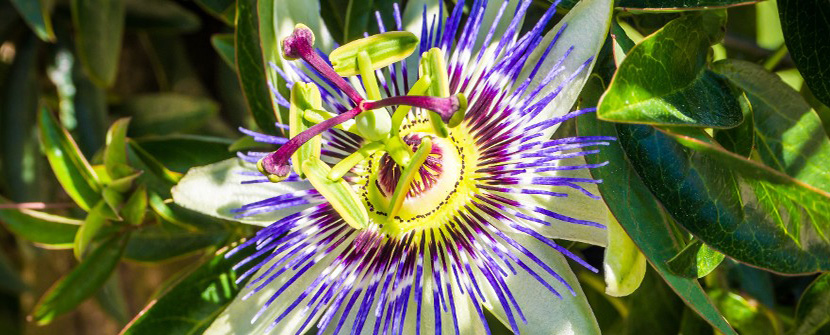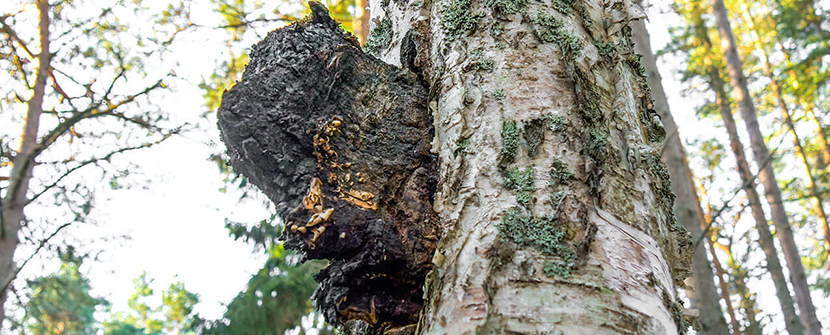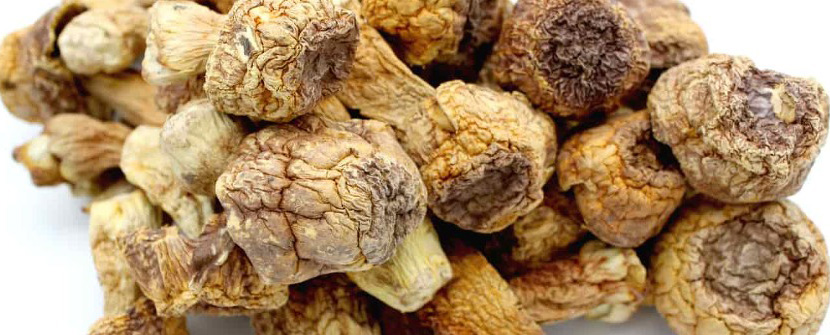
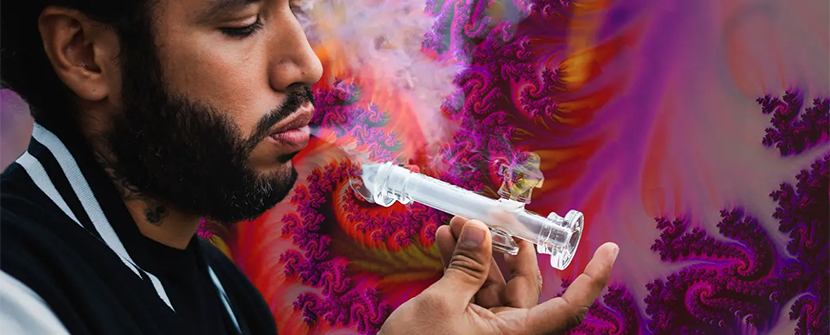

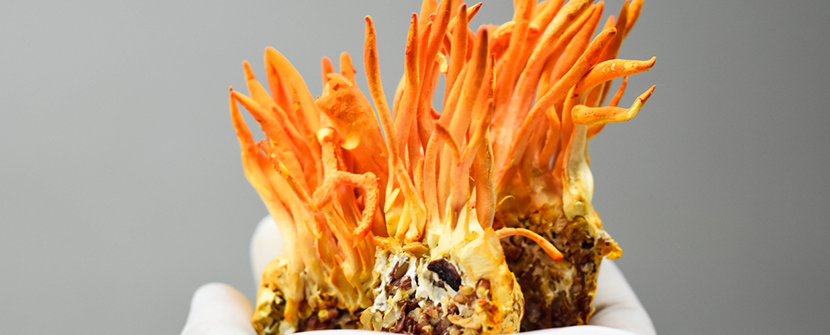
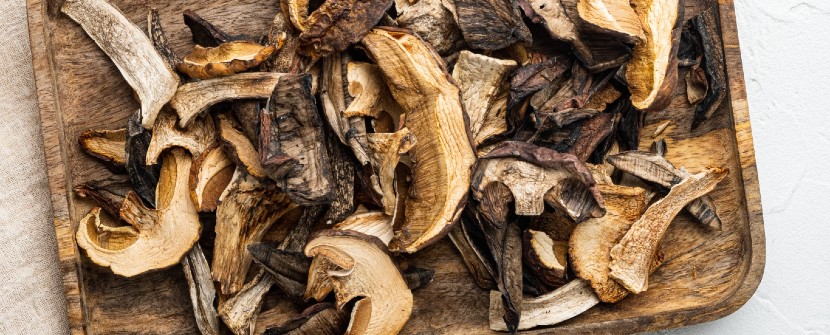



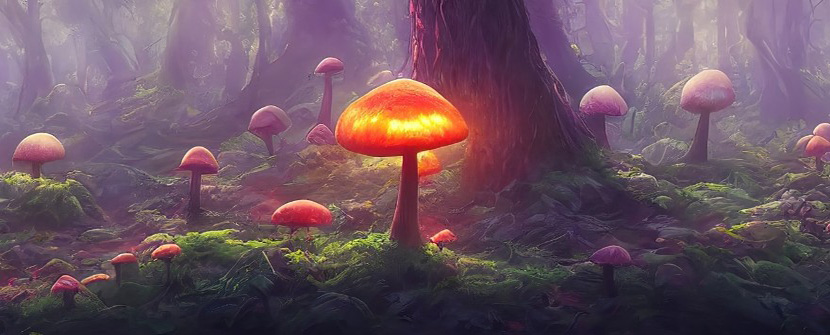

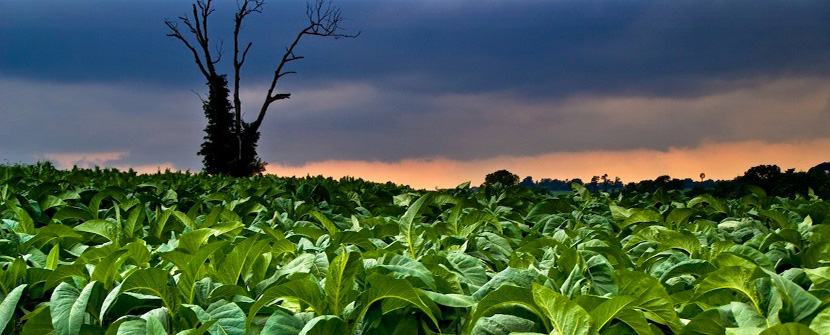
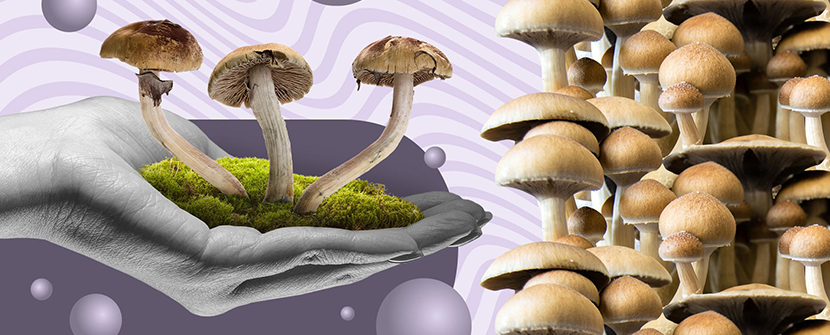
The Golden Teacher: Growers' Choice
The Golden Teacher mushroom, also known as Psilocybe cubensis, is a widely cultivated and popular strain of psychedelic mushroom. Its unique appearance and potent effects have made it a favorite among experienced psychonauts and beginners alike. In this blog, we will explore the history, effects, benefits, and unique characteristics of the Golden Teacher mushroom.
History and Cultivation
The Golden Teacher mushroom was first discovered in the wild in the late 1980s in Florida, USA. It is a member of the Psilocybe cubensis family, which is known for its powerful psychedelic properties. Today, the Golden Teacher mushroom is grown and cultivated all over the world, including in North and South America, Europe, and Asia.
Appearance and Characteristics
The Golden Teacher mushroom is characterized by its golden or yellow cap, which can range in size from 2 to 8 centimeters in diameter. The stem of the mushroom is thick and white, and it can grow up to 10 centimeters tall. The spores of the Golden Teacher mushroom are a deep purple-brown color, making it easy to identify.
Effects
The Golden Teacher mushroom is known for its potent psychedelic effects, which are caused by the presence of the psychoactive compound psilocybin. The effects of the mushroom can vary depending on the dosage and individual, but typically include altered perception, feelings of euphoria, and a sense of spiritual or emotional insight. The effects can last for several hours and can be quite intense, so it is recommended that users consume the mushroom in a safe and controlled environment with an experienced guide.
Benefits
Research has shown that psilocybin, the primary psychoactive compound in Golden Teacher mushrooms, may have potential therapeutic benefits for a range of mental health conditions, including depression, anxiety, and addiction. Studies have also shown that psilocybin can help reduce symptoms of PTSD and increase feelings of well-being and life satisfaction.
What Makes Them Unique
So, the Golden Teacher mushroom is known for its high potency and distinctive appearance, but it is also unique in that it can be grown relatively easily at home. This has made it a popular choice for growers and enthusiasts who want to cultivate their own psychedelic mushrooms. Additionally, the Golden So, the Golden Teacher mushroom is a powerful and unique strain of psychedelic mushroom that has gained popularity in recent years due to its potent effects and potential therapeutic benefits. While the use of psychedelic mushrooms should be approached with caution and respect, they represent an exciting new frontier in the field of mental health and offer a promising alternative to traditional treatments.


The History of Spiritual Fasting
Fasting has been a spiritual practice in many cultures throughout history. It involves abstaining from food and sometimes other indulgences for a period of time. The intention behind fasting can vary, but often it is to achieve a deeper spiritual connection, receive guidance, or seek healing. What is the history of fasting and spirituality, and how has this practice been used for transformative experiences?
Fasting in Ancient Times
Fasting has been a part of spiritual traditions for thousands of years. In ancient times, it was believed that fasting could bring people closer to the divine. In Hinduism, fasting is a common practice that is believed to purify the body and mind, and help practitioners connect with the divine. In Judaism, fasting is a part of several important holidays, such as Yom Kippur, which is considered the holiest day of the year. Fasting is also mentioned in the Bible, with Jesus fasting for 40 days in the wilderness.
Fasting in Indigenous Cultures
In many indigenous cultures, fasting is used as a way to connect with the spirit world and receive guidance. In Native American traditions, vision quests involve a period of fasting and prayer to seek guidance from the spirit world. In the Amazon, the traditional use of Ayahuasca often involves a period of fasting before the ceremony. The Huichol people of Mexico also use fasting as a part of their spiritual practices.
Fasting in Modern Times
Fasting has become increasingly popular in modern times, with many people using it as a way to improve their health and well-being. Intermittent fasting, for example, has been shown to have many health benefits, including weight loss, improved blood sugar control, and reduced inflammation. However, fasting can also be used as a spiritual practice to seek guidance or transformation.
Fasting and Spiritual Transformation
Many spiritual traditions believe that fasting can be a powerful tool for spiritual transformation. By abstaining from food and other indulgences, practitioners are believed to become more receptive to spiritual guidance and insights. Some people use fasting as a way to connect with their higher self or seek clarity on important life decisions.
Fasting and Psychedelic Experiences
Fasting is also used as a preparation for psychedelic experiences. Many indigenous cultures use fasting as a way to prepare for Ayahuasca ceremonies, for example. Fasting is believed to help clear the body and mind of impurities, making it more receptive to the healing and transformative properties of the plant medicine.
Fasting has been a part of spiritual traditions for thousands of years, and is still used today as a way to seek guidance, transformation, and healing. Whether it is through intermittent fasting for health benefits or traditional fasting for spiritual purposes, this practice can be a powerful tool for personal growth and transformation. As with any spiritual practice, it is important to approach fasting with respect and intention, and to consult with a healthcare professional if you have any concerns.
